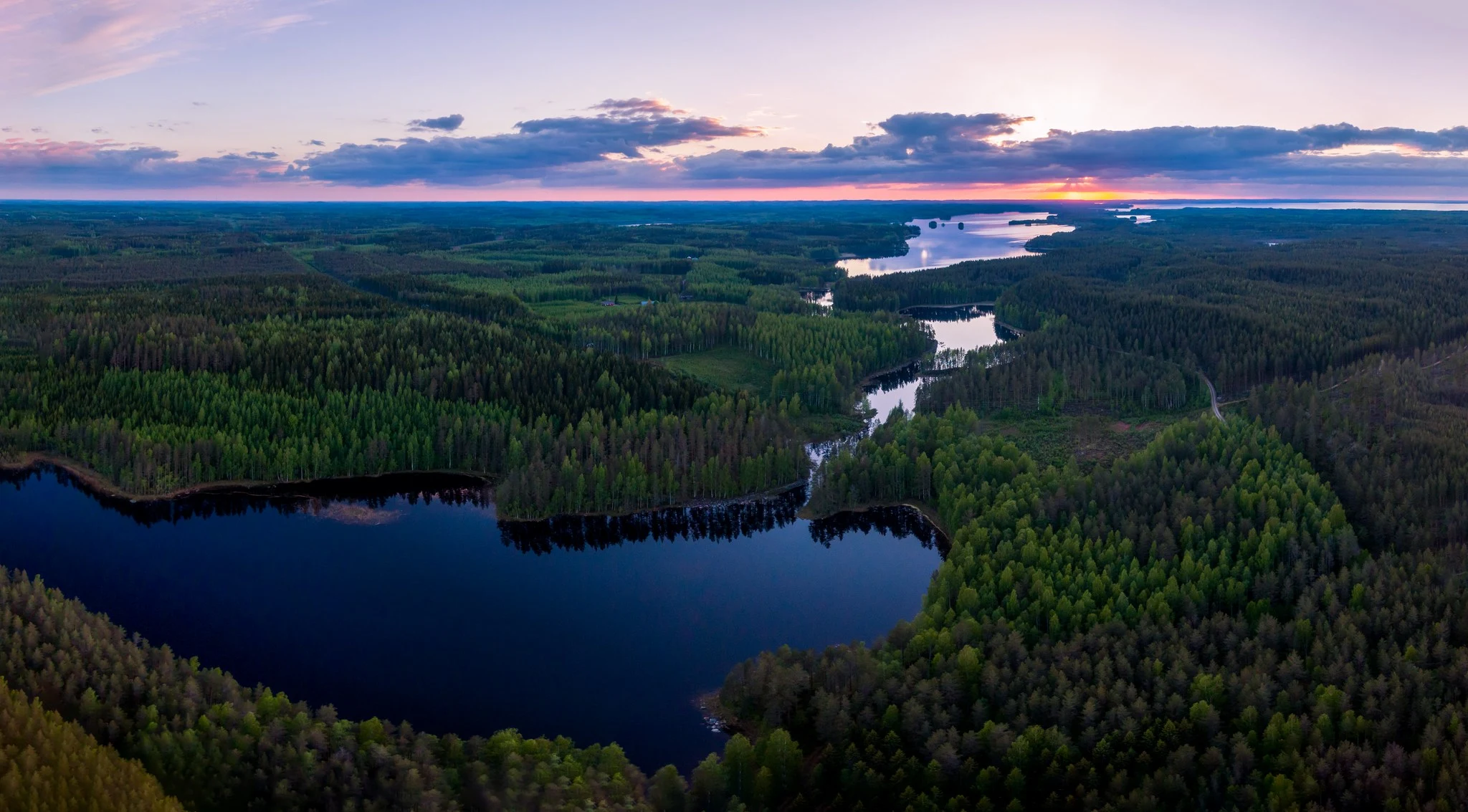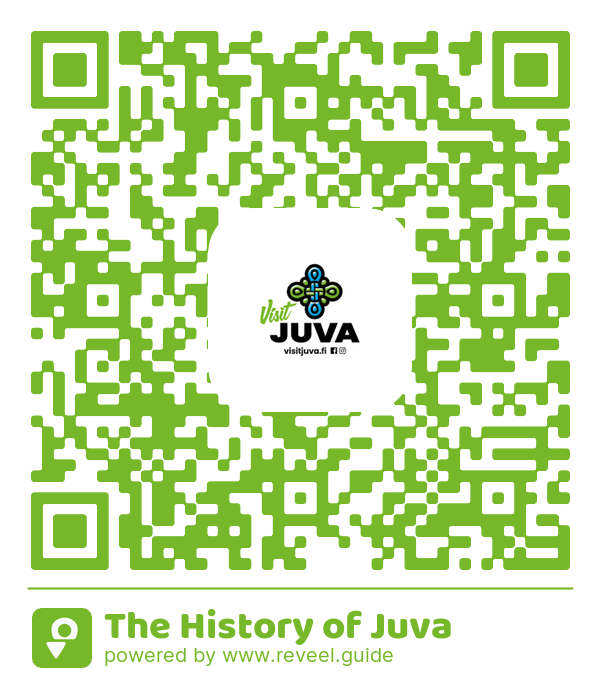
The History of Juva

The History of Juva
The Juva area has been inhabited for over 6,000 years. Neolithic Stone Age settlements, artifact finds, and rock paintings bear witness to early life, especially on the shores of ancient waterways.
The Otamo area is the richest Stone Age site, and a Stone Age quartz quarry has been found on the shore of Ristilampi in Uimasalo. People at that time lived by hunting, fishing, and seal hunting. The large number of hunting pits tells of an ancient hunting culture.
Agriculture was already practiced in Juva in the 13th century, and paleoecological studies show that barley cultivation began in the 8th–10th centuries. Rye was introduced in the 14th century, and slash-and-burn agriculture spread widely in the 16th century. Slash-and-burn rye cultivation, livestock farming, game hunting, and fishing were the main livelihoods.
Parish and municipality
In the 13th century, Juva belonged to the sphere of influence of the Eastern Church, but it came under Swedish rule in the Treaty of Pähkinäsaari in 1323. With the establishment of a Catholic chapel, the first church was built, possibly on the site of an old cemetery. The parish of Juva was officially established on January 19, 1442, based on an agreement made in Turku. The same document mentions the first residents of Juva by name, such as Judge Pietari Utriainen and Sheriff Juhana Partanen.
Parish administration and municipal life
In the 1500s and 1600s, local administration was handled by a committee elected by the court. From the end of the 1600s, church meetings developed into parish meetings, which were led by the parish priest. In 1868, the municipality was separated from the parish, and municipal administration began. The first municipal council met on May 13, 1911, and the position of municipal manager was established in the late 1950s.
Rural community and peasant life
Juva has been a strong agricultural municipality. In the 19th century, slash-and-burn agriculture gave way to field cultivation, and the start of the timber trade brought added value to the forests. Most of the population were independent farmers, but the society also included nobles, crofters, maids, and farmhands. Labor was hired at the labor market, and the poorest were auctioned off as auxiliary labor. K.A. Gottlund vividly described life in this era in the early 19th century.
The development of Juva in the 20th century
In the 20th century, agriculture's share of the population's livelihood declined. In the 1960s, it still employed 60% of the population of Juva, but by the 1990s, only 20%. Mechanization freed up labor and changed production structures. Juvan has approximately 9,000 hectares of farmland and 87,000 hectares of forest, and the yield of the forests is among the highest in the country. Organic farming, such as at the Wehmaa estate, has been a pioneer.
Industrialization began in the mid-1970s. Important industries include carpentry and printing. The municipality has invested heavily in the development of public services and economic policy.
The population grew steadily until the 1940s and peaked with the arrival of displaced persons (approx. 13,000 inhabitants). By the end of the 20th century, the population had fallen to less than 8,000.

